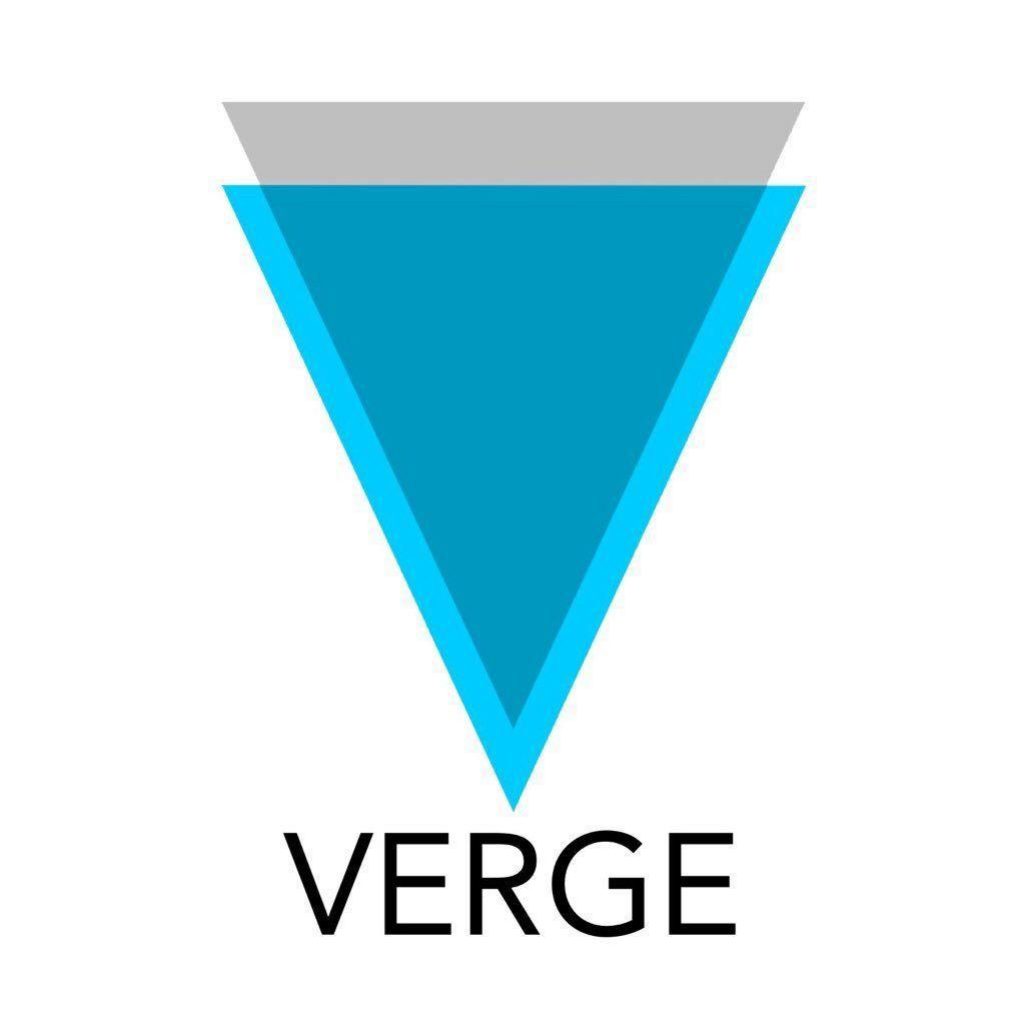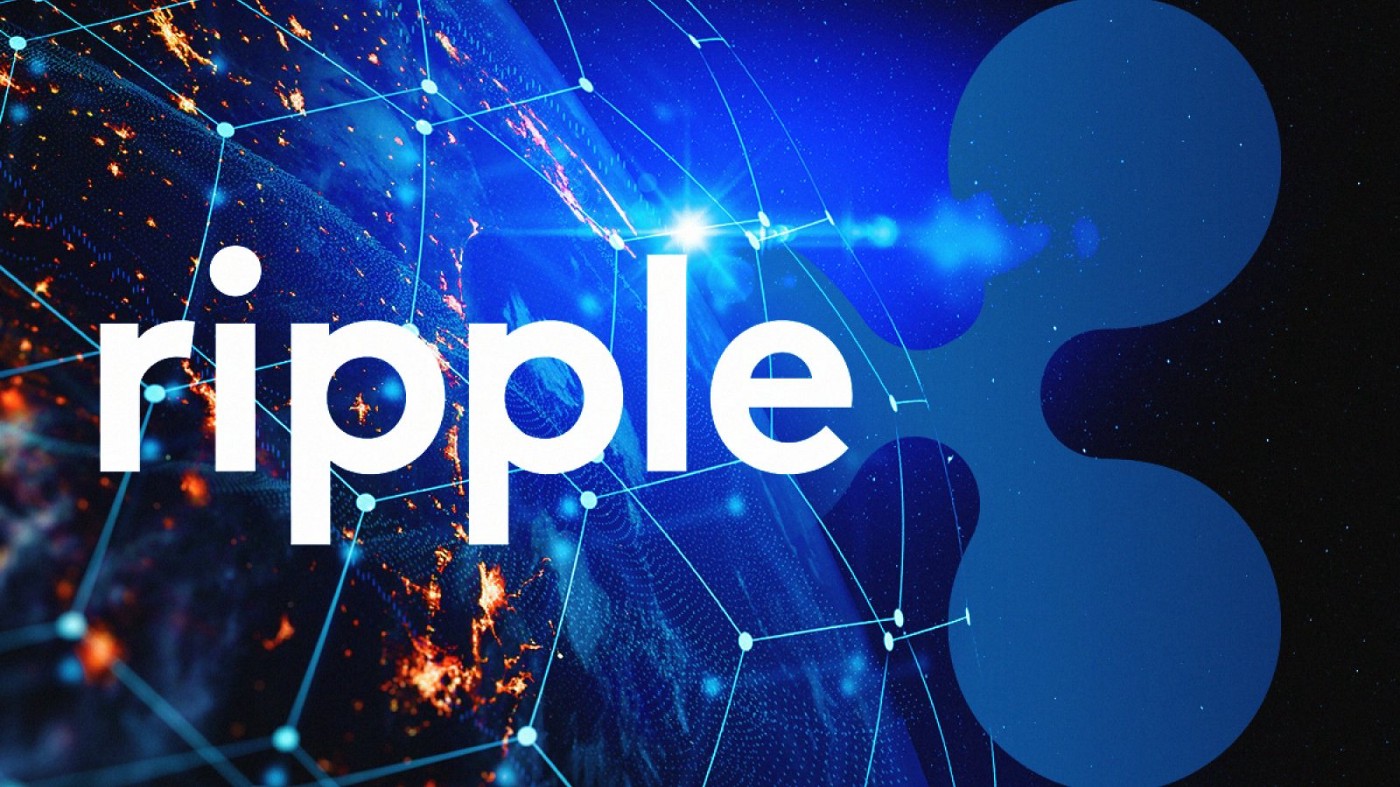Cryptocurrency mining can be a very profitable venture. Choosing the right coin for mining is an important step in the process. Verge (XVG) is one of the most unique cryptocurrencies when it comes to mining. This is because it allows miners to choose between five different consensus algorithms. However, an abundance of options also means more choices for miners. This is especially true for those who want to join a Verge mining pool. In this article, we explore a variety of mining pool options from Verge. Hopefully this will give you the information you need to assess which is the best option for you.
Should I mine Verge (XVG)?
When deciding whether to mine a particular cryptocurrency or join a particular mining pool, there are many factors to consider. With Verge (XVG), the process is no different. Before you decide to join a Verge mining pool, here are some things to think about first.
Reasons for:
Verge (XVG) is a well-known privacy coin. It has made a name for itself and is often one of the most talked about cryptos in this focus area. Others include Monero, Dash and PIVX.
Verge (XVG) has maintained a high market cap ranking even as more cryptocurrencies enter the market. Yes, it has fallen a bit in 2018. For example, it was 23rd in market capitalisation on 7 January and fell to 52nd by February 2019, but other projects have declined at the same or greater rate over this period.
This coin is listed on the vast majority of popular cryptocurrency exchanges, which means it has one of the highest liquidities on the market. Examples include Binance, Bittrex, Indacoin and many more.
Logos of various exchanges that carry Verge (XVG).
Verge (XVG) is listed on many popular cryptocurrency exchanges.
Reasons against:
Verge (XVG) has suffered a number of “51% attacks”. Unfortunately, this security vulnerability has not been fully addressed and more work is needed to improve this aspect of the project.
There has also been some criticism of the project on Reddit and other popular crypto-related discussion platforms. Some have been critical of its role as a true privacy coin. Others have questioned its partnerships and other details.
Pool Mining Verge
Because I’m guessing most of you don’t run ASIC rigs from home, you’ll want to mine in a pool rather than on your own. Pool mining allows you to pool your computer resources with other miners around the world, making it easier and faster to find blocks and get rewards. Pool mining is very popular for coins that are not dependent on ASIC rigs.
What is Verge Mining?
Solo mining, as you can see from the name, is done by yourself and this makes it unlikely that you will have enough hash power to find a block very quickly. The advantage of solo mining is that you don’t have to share the reward, but the disadvantage is that it could take months before you get a reward.
If you stick to a mining pool, you can get a small reward every day.
Before you decide to join a pool, you will need a Verge wallet as mining pools require a wallet address to send your Verge to. You can download Core Wraith Wallets for Windows, Linux and OSX or store your Verge privately on your phone with the Verge Tor Wallet.
Now you can move on to choosing a Verge mining pool. As mentioned earlier, most algorithms are best suited for Nvidia cards, but AMD cards can use the myr-groestl algorithm. And the scrypt algorithm is best avoided as it is dominated by ASIC rigs.
Here are some choices of Verge mining pools for each algorithm:
Scrypt
If you are just stubborn or have another reason to choose the Scrypt algorithm, CoinFoundry is a very good mining pool. It’s not the biggest mining pool, but it’s big enough to find blocks regularly and fairly quickly.
It also has a low fee of 0.75%, which is better than most. There are servers located worldwide and the uptime is 100%. Other scrypt mining pools for Verge are:
Blockmasters
Aikapool
MiningPoolHub.com
ZPool, which also supports Myr-Groestl, Lyra2rev2 and Blake2s.
X17
You can also use CoinFoundry to mine the Verge using the X17 algorithm. However, if you want a more popular option, you can choose Suprnova.cc instead. This is a popular pool for many different coins and is highly regarded in the cryptocurrency community.
They have a slightly higher fee of 1%, but also global servers and 100% uptime. You can also use Suprnova to mine on the Myr Groestl algorithm. Other popular X17 mining pools for Verge are:
Blockmasters
HashFaster, which also supports Lyra2Rev2.
Poolovich
Yiimp
Myr-Groestl
This is for those out there who have AMD cards in their computers. One of the best mining pools for this algorithm is IDCray, which is based in China but has servers all over the world.
They also have the standard 1% fee and one of the largest myr groestl mining pools for Verge. IDCray also supports other Verge hashing algorithms on their pools, such as Lyra2rev2. There are a few other options if you want to mine with a pool that is not based in China:
Poolovich
ProfitPool
Conclusion
Privacy-centric coins have become increasingly popular over the past year, and Verge has been steadily rising along with other popular privacy coins.
From a home mining perspective, it’s a great coin because it lets you choose between five different algorithms. While Scrypt isn’t really suitable, the other four are, so even if one was overtaken by ASIC miners, there would still be plenty of room for the home miner.
With privacy, anonymity and fast transaction speeds, Verge has a lot to offer and could be one of the coins considered a top candidate for regular daily transactions. It’s too early to tell, but it won’t hurt to mine some at home if you don’t use your computer anyway.



